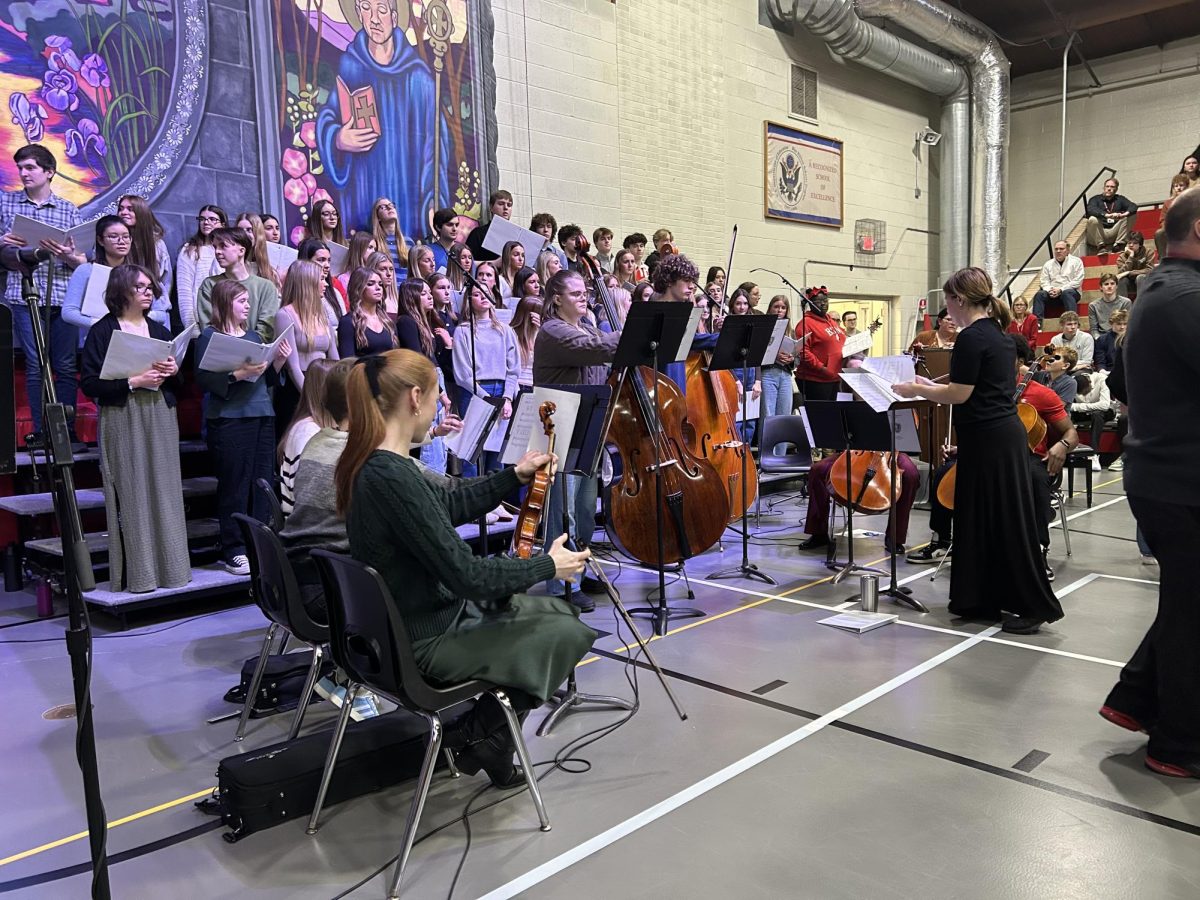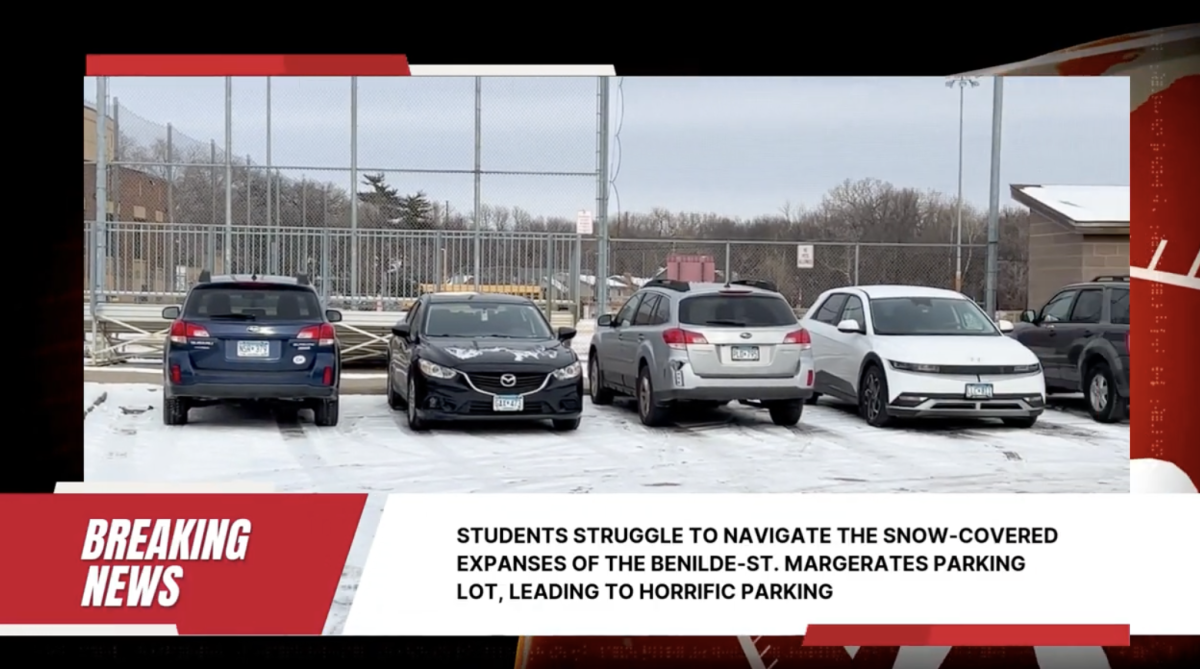What were the Problems?
Part of the problem was that multiple people were competing for the relatively limited bandwidth space, in a sense clogging up BSM’s Internet. “If somebody for instance is streaming the video, and they got there first, they’re going to slow down [the Internet] and then somebody else might not be able to get on or [the Internet] will be so slow that you’ll think it’s down completely,” said Pohlen.
Though most of the blame for BSM’s Internet woes has been attributed to the size of the bandwidth, there were other contributing factors. “One of the things people don’t realize that there are multiple pieces to the system, and if any one of those things doesn’t work, then it stops things,” said Pohlen.
The Expansion
Before the expansion, the size of BSM’s bandwidth was only 22 megabits per second. But, to keep up with the school’s increasing Internet needs, the technology department added 50 megabits to the bandwidth. “Right now we’re at 72 megabits per second, so we’ve more than tripled our bandwidth just during the school year,” said Pohlen.
Part of the reason the expansion didn’t occur earlier was because the technology department had to get funding in order, dealing with expensive contracts with the (then) current internet provider, which was costing BSM about $1000 a month for three megabits. Now BSM is paying only $200 a month for 50 megabits, and is continuing to look for better deals for the future.
The technology department also had considered partnering with St. Louis Park in order to use their fiber lines, which are far more easily expandable than the cable lines BSM has been using. “We just got a quote from St. Louis Park. They’re interested in partnering with people. The fiber line is close by, but it’s too expensive at this point,” said Pohlen.
The technology department hopes to closely monitor BSM’s bandwidth needs so that BSM will never max its bandwidth out again. Though they added 50 megabits to the bandwidth this year, they expect they will need to add another 50 or 100 megabits next year to keep BSM students and teachers to continue to utilize the internet in the classroom. “I believe we’ll have to expand the bandwidth next year. I think teachers and students are getting more savvy about the things they use on the Web. We want teachers and students to be looking at streamed video. There’s some good educational opportunities out there,” said Pohlen.




































![Teacher Lore: Mr. Henderson [Podcast]](https://bsmknighterrant.org/wp-content/uploads/2025/03/teacherlorelogo-1200x685.png)





